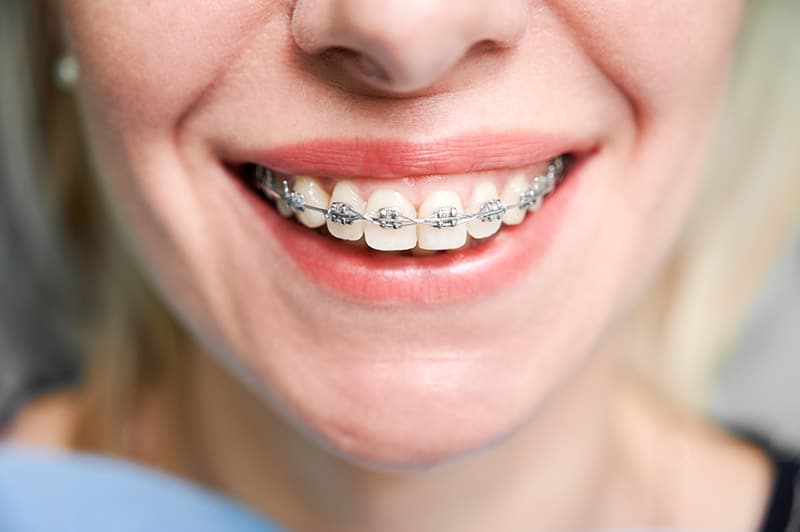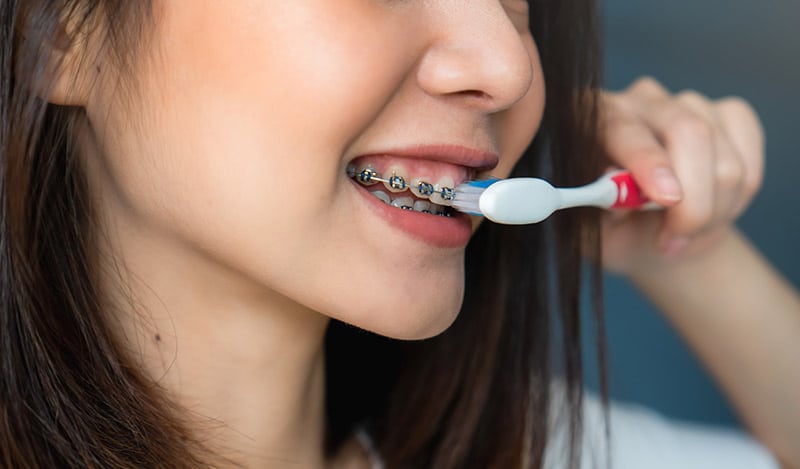How Long Do I Need to Wear Braces for?
Sep 24, 2023
Orthodontic treatment is a significant investment in your dental health, often involving considerable time and financial resources. When deciding to embark on this journey with an Orthodontist Perth, a common question is, “how long will my orthodontic treatment take?”
Let’s explore how various factors can affect the duration of braces treatment and the average time required for beautiful perfect smile.
Severity of the Dental Issue
The complexity of the dental issues at hand plays a significant role in determining the length of orthodontic treatment. If a patient only has a few teeth requiring minor realignment, the treatment duration might be as short as 6 to 12 months.
On the other hand, complex cases involving extensive teeth movement and jaw alignment may necessitate a few years of treatment.
In general, the average time for orthodontic treatment tends to be around 18 to 24 months.
However, this estimate can fluctuate based on individual circumstances and the type of treatment.
Age of the Patient
Age is another crucial determinant of treatment duration. Younger patients often experience quicker and more efficient treatment outcomes due to their softer bone structure and faster metabolism.
While a child or teenager is still growing, their jaw growth can be manipulated and redirected, further reducing treatment time. Types Orthodontic treatments can be found via Orthodontic Treatment and Braces for Children
Patient Compliance
To achieve the best results in the shortest possible time, it is crucial to follow your orthodontist’s instructions diligently. Your orthodontist will provide specific guidelines on wearing elastics, avoiding certain foods, and maintaining proper oral hygiene. By adhering to these instructions, you can help your teeth move more efficiently, potentially reducing the overall duration of your orthodontic treatment.
Regularly attending scheduled appointments is another crucial aspect of successful orthodontic treatment. These appointments allow your orthodontist to monitor your progress, make necessary adjustments, and address any concerns. By maintaining consistent communication and follow-up with your orthodontist, you can ensure a smooth and efficient treatment process.
Different Types of Orthodontic Treatments
Orthodontic treatment is not a one-size-fits-all solution. Instead, it involves various approaches tailored to the unique needs and circumstances of each patient.
- Traditional Braces
Traditional metal and ceramic braces have been the standard orthodontic treatment for decades. These braces, which involve brackets attached to the teeth and connected by a wire, can achieve results faster than transparent plastic aligners. This is because they work 24/7 and offer orthodontists more flexibility in adjusting. - Clear Aligners
Clear aligners, such as Invisalign, are an increasingly popular orthodontic treatment option. These removable, plastic-like trays are changed every few weeks as your teeth shift. However, clear aligners can take longer to achieve desired results, primarily because they only work when worn as instructed, and the changes between each tray can only be minor. - Lingual Braces
Lingual braces are another type of orthodontic treatment. They are metal braces that are affixed to the back of your teeth, making them a more aesthetic choice. Like traditional braces, lingual braces can be highly effective in treating dental misalignment. However, they may require more adjustments and appointments, thus potentially extending the treatment duration.
Additional Orthodontic Treatment Appliances
In some cases, orthodontic treatment may involve more than just braces. These additional orthodontic tools can influence the duration of the treatment.
- Rubber Bands and Headgear
Rubber bands, headgear, and other similar devices may be used in conjunction with braces to correct more complex jaw alignment issues. These devices typically need to be worn for a specific amount of time each day, and failing to do so can prolong treatment. - Palatal Expanders
Palatal expanders are devices that fit in the roof of the mouth and apply gentle force to widen the jaw. They are typically prescribed for children who are still growing and can help to either avoid the need for braces later or reduce the time braces need to be worn.
Very Important Factors to Consider
While it’s understandable to want your orthodontic treatment to be completed as soon as possible, it’s crucial to understand that rushing the process may not yield the best results. Here are some important points to consider:
- Importance of adhering to your scheduled appointments
Regular monitoring and adjustments are a critical part of orthodontic treatment. These adjustments, which usually occur every few weeks, help to gradually move your teeth into their desired positions. - Maintain Oral Hygiene
Maintaining good oral hygiene is essential during orthodontic treatment. Failure to thoroughly clean your teeth and braces can lead to a range of dental problems, including cavities and gum disease, which could prolong your treatment. - Not following the Orthodontist Instructions
Not following your orthodontist’s instructions can significantly extend your treatment time. This includes not wearing your braces or aligners, elastics as directed, not avoiding certain foods, and not taking care of your oral hygiene.
Final Thoughts
The duration of orthodontic treatment can vary, depending on a variety of factors. Therefore, a clear, open line of communication with your Orthodontist Perth is crucial to set realistic expectations and ensure the success of the treatment.
Remember, while orthodontic treatment requires a significant time investment, the end result — a beautiful, healthy smile — is well worth the wait and not to be rushed.











